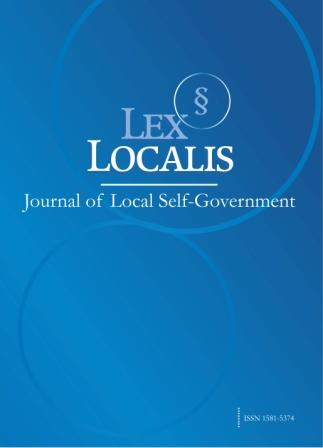The Relationship Between Migrants and Social Space in Zhangjiang Science City from the Perspective of Urban Sociology
DOI:
https://doi.org/10.52152/800054Keywords:
Migrants, Urban Sociology, Zhangjiang Science City, Social SpaceAbstract
This study focuses on the transformation of Zhangjiang Science City from a township industrial hub to a key national high-tech industrial park. Using Xiangnan Community, one of the first resettlement housing projects from the 1990s, as a case study, the research examines the development trajectory of the science city and the interactions between its two main groups of migrants: resettled residents and the technological middle class. The findings reveal that resettled residents played a crucial role in the early stages of the science city's development as a source of labor and a consumer base, successfully integrating into the community through urban renewal initiatives. Meanwhile, the technological middle class, a pivotal force in the city's growth, faces challenges stemming from an urban environment that does not fully meet their needs. Policymakers must address these issues by emphasizing ecological livability and talent retention, improving settlement conditions to ensure sustainable development.
References
Sharon Zukin, “Gentrification: Culture and Capital in the Urban Core”, Annual Review of Sociology, vol. 13(1987), pp. 129-147.
Jacobs J., The life and death of great American cities, New York: Random
House, 1961
Tang X ,Qu W ,Zhang J , et al.Driving mechanism of urban expansion in the Bohai Rim urban agglomeration from the perspective of spatiotemporal dynamic analysis[J].Scientific Reports,2024,14(1):31191-31191.
Fang X.The Path to Narrow the Income Gap Between Urban and Rural Areas from the Perspective of Common Prosperity[J].Journal of Chinese Marxism Studies (JCMS),2024,1(3):
Zhang Y ,Chen X .Research on the Difference of Urban and Rural Home Environment from the Perspective of Family Education-Taking Basic Education as an Example[J].Journal of Research in Vocational Education,2024,6(11):33-36.
Li X ,Xu Y ,Tan H , et al.Low-carbon city pilot policies and urban carbon productivity improvement: An empirical analysis from the perspective of green competitiveness[J].Environmental and Sustainability Indicators,2024.
Yao T ,Li S ,Su L , et al.Changes in Urban Green Spaces in the Pearl River Delta Urban Agglomeration: From the Perspectives of the Area, Spatial Configuration, and Quality[J].Remote Sensing,2024,16(23):4369-4369.
Shi G ,Zhang J ,Liu J , et al.Spatial Analysis of Lung Cancer Patients and Associated Influencing Factors from the Perspective of Urban Sustainable Development: A Case Study of Jiangsu Province, China[J].Sustainability,2024.
Ai J ,Kim M .Spatial Remodeling of Industrial Heritage from the Perspective of Urban Renewal: A Case Study of Coal Mine Site in Jiaozuo City[J].Land,2024.
Miao Z ,Yu H ,Jiang R , et al.Unveiling the lifeblood of cities: Identifying urban ecological networks from the perspective of biodiversity conservation.[J].The Science of the total environment,2024.
Wang W ,Su W .Impacts of urban block form on carbon and pollutant emissions from urban life in China from the perspective of regional differences[J].Sustainable Cities and Society,2024.
Downloads
Published
Versions
- 2025-08-11 (2)
- 2025-10-16 (1)
Issue
Section
License
Copyright (c) 2025 Lex localis - Journal of Local Self-Government

This work is licensed under a Creative Commons Attribution-NonCommercial-NoDerivatives 4.0 International License.








